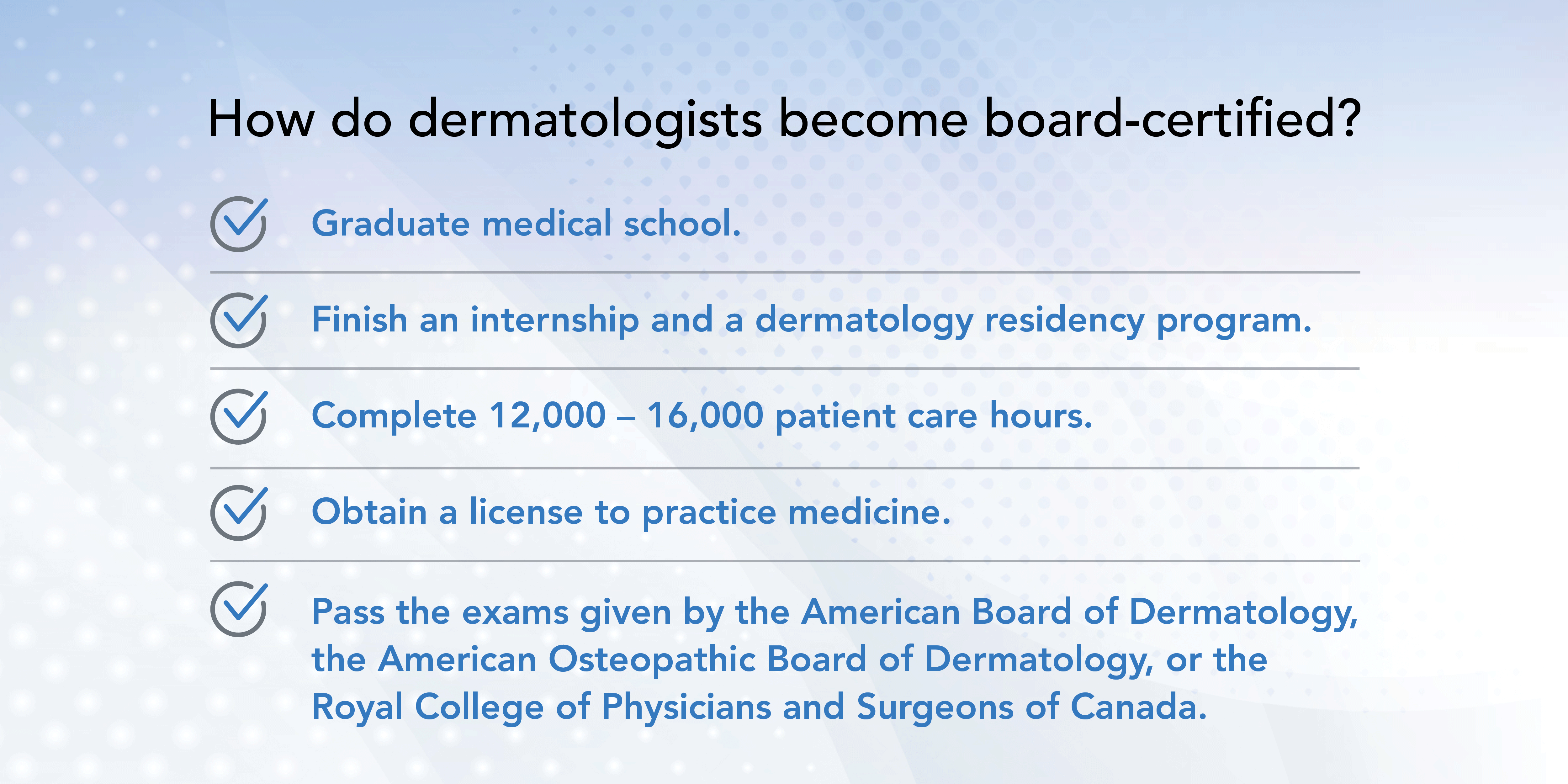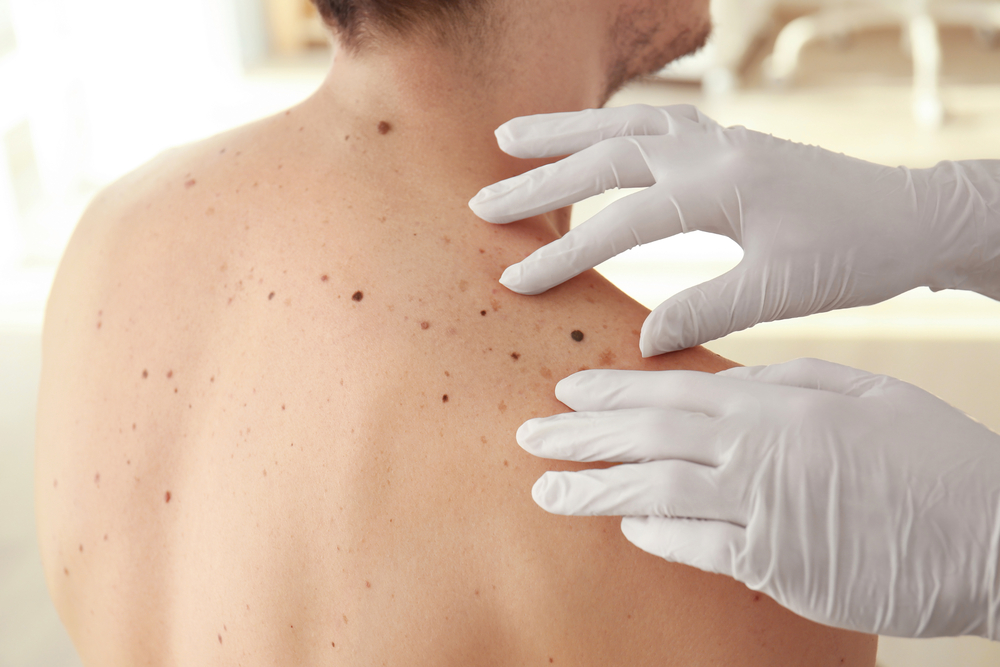Navigating Skin Cancer Treatment: The Important Function of Mohs in Modern Dermatology Practices
Skin cancer, a complicated diagnosis, often leaves people grappling with many therapy options. As we check out the ins and outs of this procedure, one will certainly appreciate its critical role in skin cancer treatment.
Recognizing Skin Cancer Cells: Kinds and Dangers
There are 3 primary kinds of skin cancer cells: Basic cell carcinoma, Squamous cell cancer, and Melanoma. It accounts for only regarding 1% of skin cancer cells situations but creates the vast bulk of skin cancer deaths. Threat aspects include reasonable skin, background of sunburn, too much sunlight direct exposure, living at high elevations or shut to the equator, having many moles, a household background of skin cancer, and compromised immune system.
What Is Mohs Surgical treatment and Just How It's Revolutionizing Skin Cancer Treatment
Regardless of the numerous treatments currently offered for skin cancer, Mohs surgery stands out as a groundbreaking and highly reliable solution. Named after Frederic E. Mohs, the doctor that created the procedure, Mohs surgical treatment is a specific surgical strategy utilized to treat skin cancer cells. This degree of accuracy, combined with the ability to spare as much healthy and balanced cells as feasible, is reinventing skin cancer therapy.
The Advantages of Mohs Surgical Treatment Over Typical Skin Cancer Therapies
Building on the ingenious nature of Mohs surgical procedure, it's crucial to consider its countless benefits over traditional skin cancer treatments. Unlike conventional treatments, Mohs uses a greater treatment price, usually getting to 99% for newbie treatments and 94% for frequent cancers cells. In addition, it lessens damage to healthy and balanced skin, leading to much less scarring and improved cosmetic outcomes.
The Treatment of Mohs Surgical Treatment: What to Anticipate Throughout the Process

Prospective Adverse Effects and Post-Operative Care of Mohs Surgical Treatment
Going through Mohs surgical procedure, like any kind of various other operation, includes prospective negative effects that patients need to recognize. Typical side impacts consist of discomfort, wounding, and swelling at the surgery site. These are usually temporary and workable with non-prescription discomfort medicine and ice packs. In uncommon cases, people may experience infection, bleeding, or an allergic response to the anesthetic. Post-operative care is vital to recovery and lessening adverse effects. This usually entails maintaining the wound tidy and completely dry, taking prescribed drugs, and avoiding exhausting activities. Clients must also go to all follow-up visits for injury care and tracking. Sometimes, extra treatments might be necessary to guarantee complete elimination of the cancerous cells. Complying with these post-operative care standards can significantly enhance healing and results.
Final thought

Comments on “Protect yourself from skin cancer risks and prevention methods.”